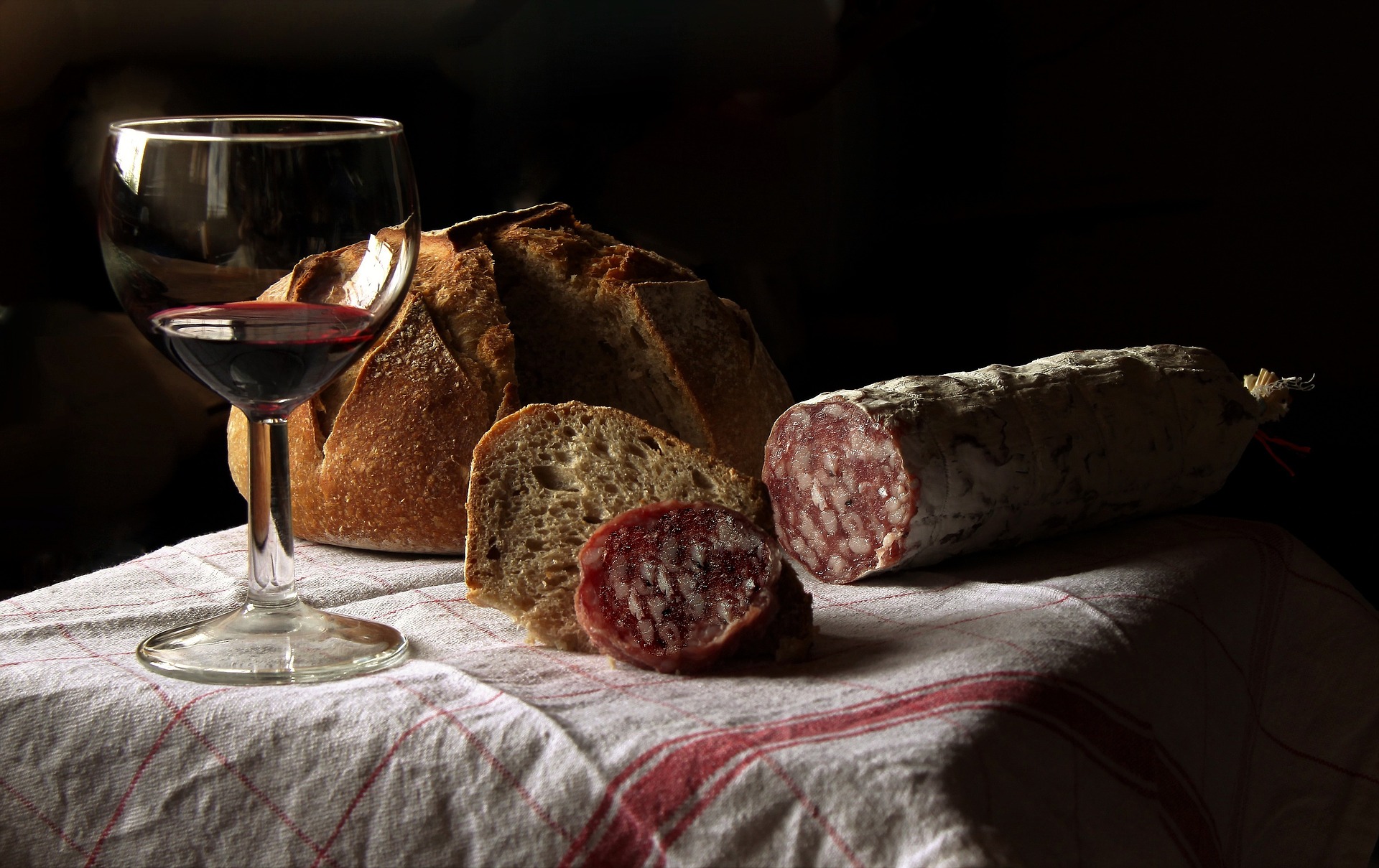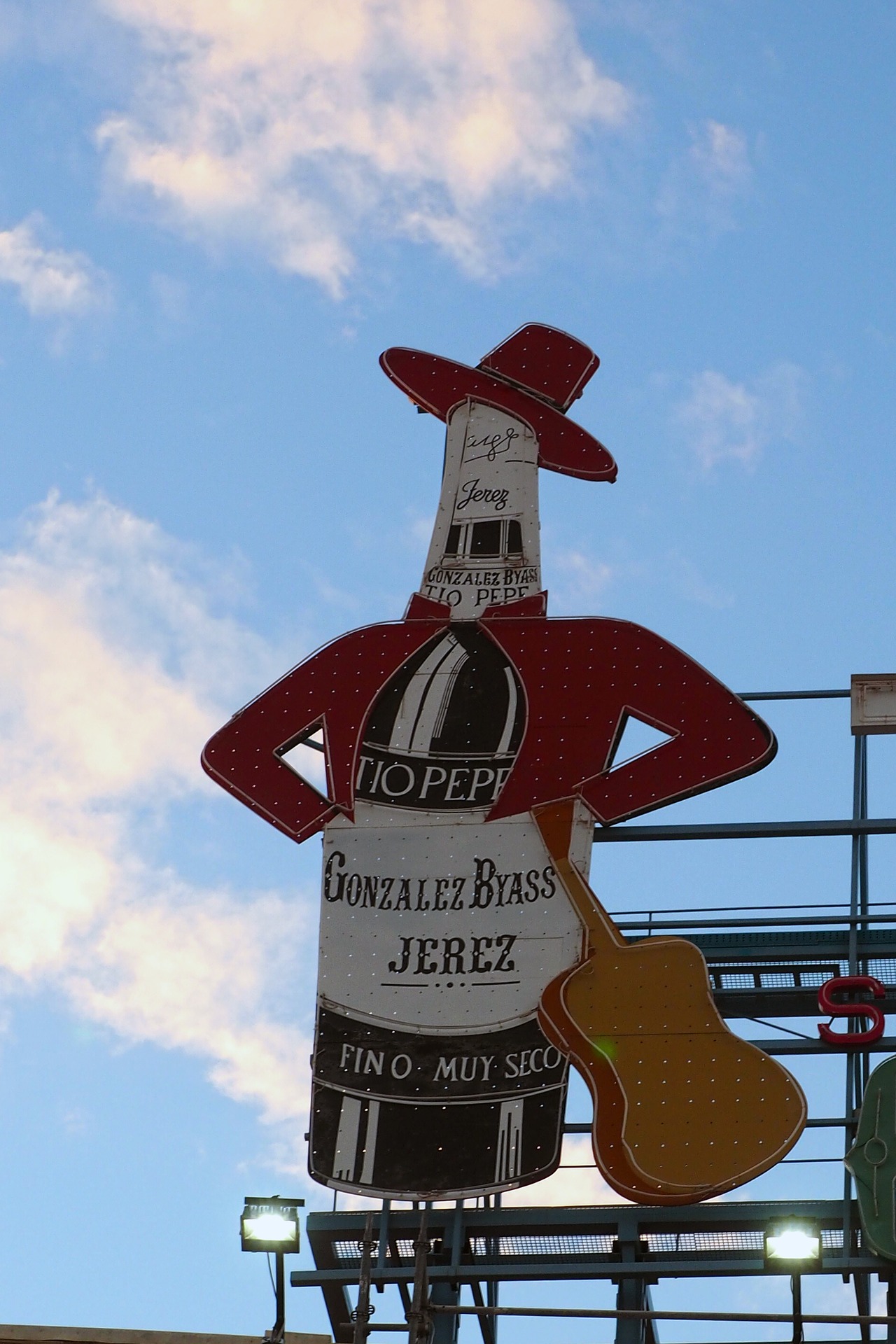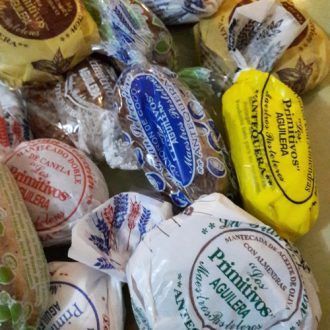
An Introduction to Spanish Wine
Dear Julie,
I wouldn’t say it is uncommon for people to think of Spain when they think of wine; however, you don’t really notice how integrated it is into life here until you come and see that you can get a decent bottle for 2 or 3 euros. Like in Italy or France, it is common here to have a glass of wine with lunch or dinner (this is said to help with digestion and definitely helps with naps). However, with all the options available, it isn’t always easy to know what kind of wine you want to be drinking, so we decided to put together this introduction for people, like us, who are exploring their way around the country, one glass at a time.
Note: We are not by any means wine professionals, we just enjoy a good glass or two every once in a while. At the same time, we are hoping to up our wine tasting skills and bring your more insights in the future.
 An overview:
An overview:
People tend to talk about wine in Spain in three different ways: the region where it is from, how long it has been aged (both in barrels and in bottles), and what type of grapes are used. However, the label you will be most likely to find on all bottles is D.O which technically means Denominación de Origen or where the wine comes from. This is because where wine is produced has an impact on the final result—on one hand the weather and landscape both impact the flavors and body of the wine and, on the other, each region has its own rules and regulations on how wine should be produced.
At the same time, colloquially, here in Spain we tend to classify wine based on its color and whether or not it has bubbles like the rest of the world. I like to try local wines when I can (most good waiters can suggest a nice one that fits my requirements), however, we understand the need to know something before you get started. The basics are:
Vino Tinto:
Or red wine is probably the most famous of all Spanish wines (both within Spain and abroad). For introduction purposes, there are two main types of red wine that you will find almost anywhere—although you can often find local/different reds as well.
 Ribera: My red of choice, Ribera wines come from the region of Ribera del Duero. Less popular with foreigners, these wines are beginning to rival the Rioja wines (see below) for people living in Spain. In this region you will often find tempranillo wines, or those made from grapes that tend to ripen earlier (temprano) in comparison to other grapes. These wines are known for their full-bodied and oak-y flavors.
Ribera: My red of choice, Ribera wines come from the region of Ribera del Duero. Less popular with foreigners, these wines are beginning to rival the Rioja wines (see below) for people living in Spain. In this region you will often find tempranillo wines, or those made from grapes that tend to ripen earlier (temprano) in comparison to other grapes. These wines are known for their full-bodied and oak-y flavors.
Rioja: While Ribera might be my personal preference, Rioja wines (from the Rioja region of Spain) are probably the most famous of Spanish wines abroad. In the Rioja, like in Ribera del Duero, the most common grapes are the tempranillo grapes, although the blends tend to be more varied than in Ribera wines. These reds tend to be full-bodied, usually mixing fruity and earthy flavors.
Vino Blanco:
Or white wines, these options are less known worldwide but no less delicious. Like with red wine, if you are drinking Spanish whites, you usually have a fair amount of options. Depending where you are, you can usually find everything from very dry to quite sweet. Again based on where they are produced, these are two big names when it comes to white wines from Spain.
 Rueda: Probably the most well-known white wine in Spain, the name can be translated to ‘wheel.’ It is from various regions (Valladolid, Segovia, Avila) and is made from verdejo grape blended with others in the region. Ruedas are usually fresh and crisp—although they can be sweet as well.
Rueda: Probably the most well-known white wine in Spain, the name can be translated to ‘wheel.’ It is from various regions (Valladolid, Segovia, Avila) and is made from verdejo grape blended with others in the region. Ruedas are usually fresh and crisp—although they can be sweet as well.
Txakoli: A very region-specific wine (we’ve talked about it before here), txakoli comes from the Basque Country. I personally just discovered this wine during the summer while at a music festival with friends—I would highly recommend BBK Live if you are looking for something to do next July. Txakoli tends to be a citrus-y wine, which is an excellent complement to the pintxos that you will be snacking on while traveling around the Basque Country.
Cava:
You might not know it, but bubbly wines like Champagne can only have this label if they are made in specific regions of France. So, like any proud, wine-producing country, Spain has come up with its own terminology—Cava. Produced mainly in Catalonia (although some regions nearby are also, legally, allowed to produce Cava), this is usually a light sparkling wine that is a very budget-friendly option in comparison to Champagne.
 Sherry:
Sherry:
My first experience with Spanish sherry was when my dad, unknowingly, bought a liter of it from a small mountain town thinking it was wine. When you are expecting a lovely glass of red wine, this drink might surprise you in a bad way. However, if you know what you are getting into, sherry can be a lovely treat. Known as Jerez in Spanish (after the town where it is from), this drink can be anywhere on the spectrum from thick and sweet—usually used as a dressing or sauce—, such as Pedro Ximenez, to light and crisp, such as Manzanilla or Chamomile Jerez.
Of course, there is so much more to wine than this short article (especially tasting it, pairing it with your favorite dishes, and sharing it with friends), but I hope that we have inspired you a little bit to get out there and try a bunch of Spanish wines! If you have any good tips for us—looking at you, John—we would be happy to hear about your favorites! And if you have any questions, we will do our best to seriously research the answers ;))
Sincerely,
Spain
Article Sources:
https://www.virginwines.co.uk/wine-guide/countries/spain
https://www.blueosa.com/beginners-guide-spanish-wines/
https://www.dummies.com/food-drink/drinks/wine/getting-to-know-spanish-wines-and-regions/
https://drinks.seriouseats.com/2014/04/wine-from-spain-label-regions-rioja-beginners-guide.html




